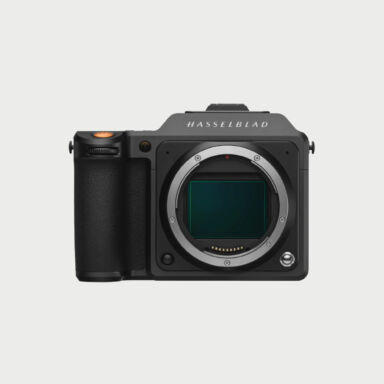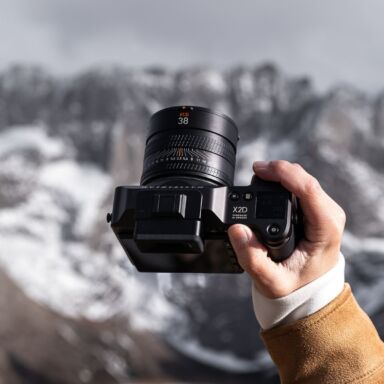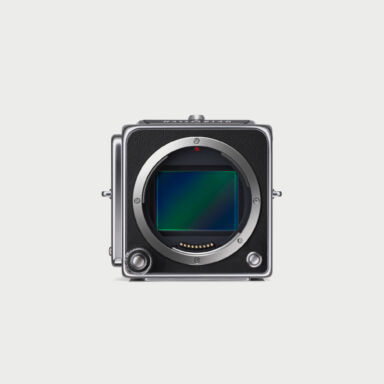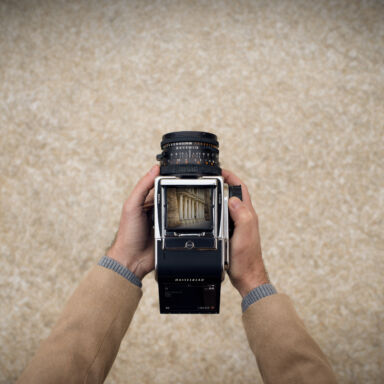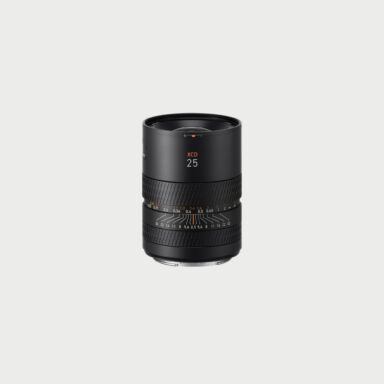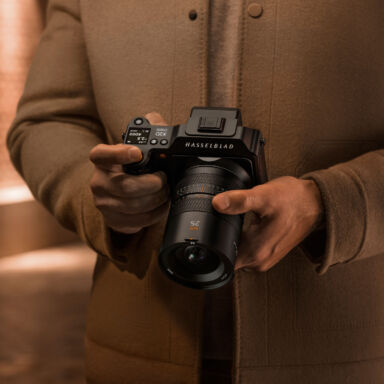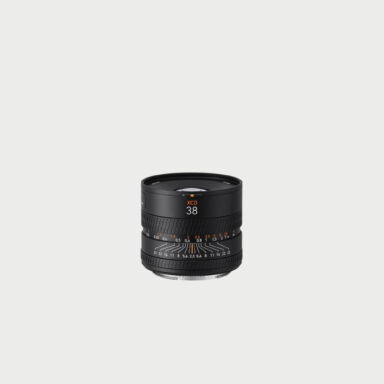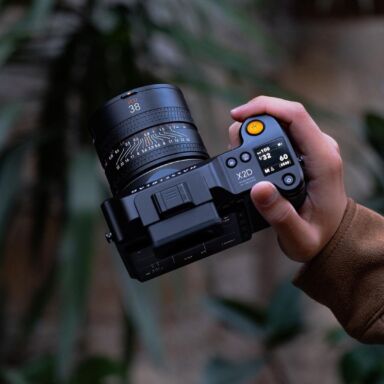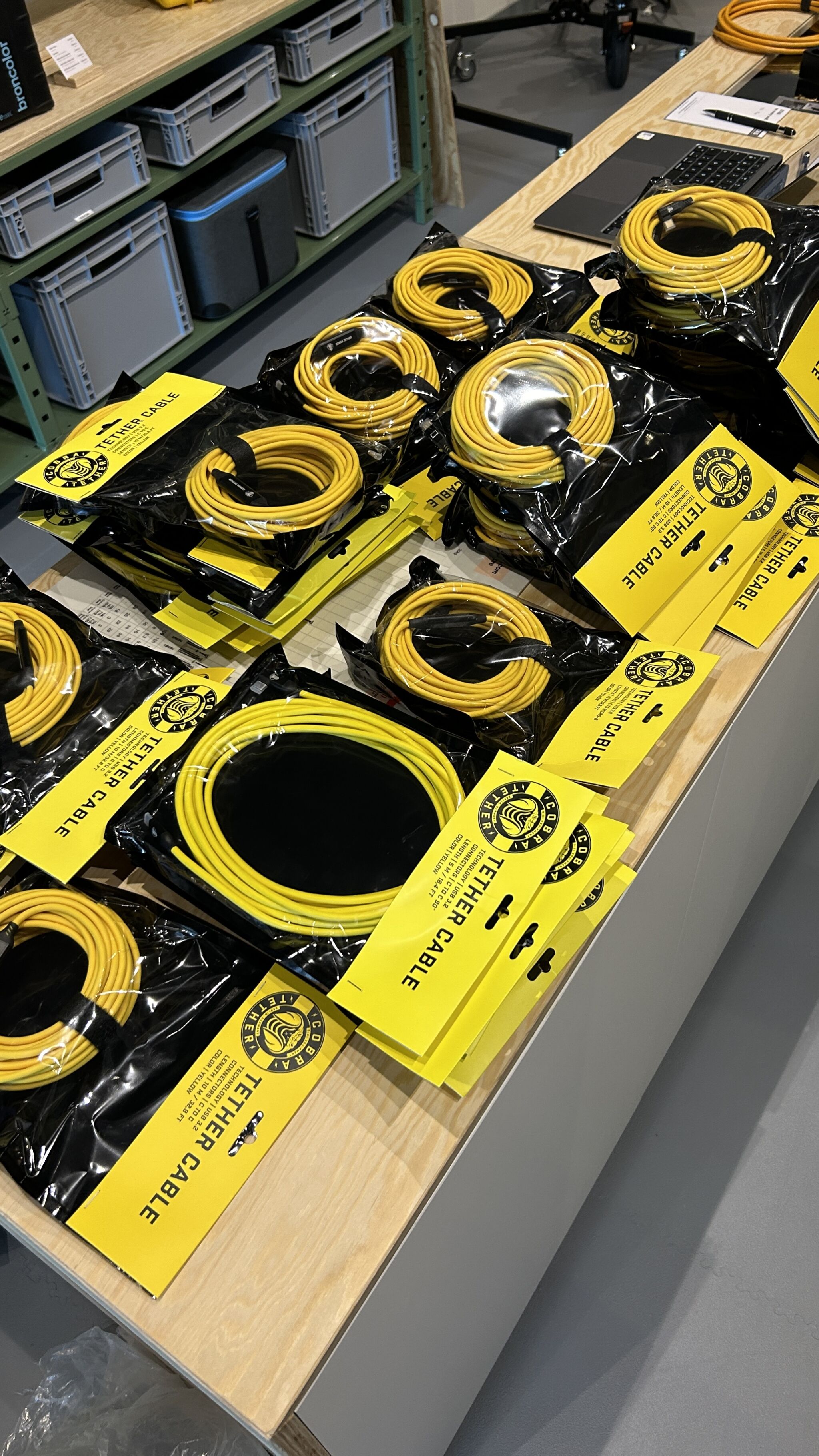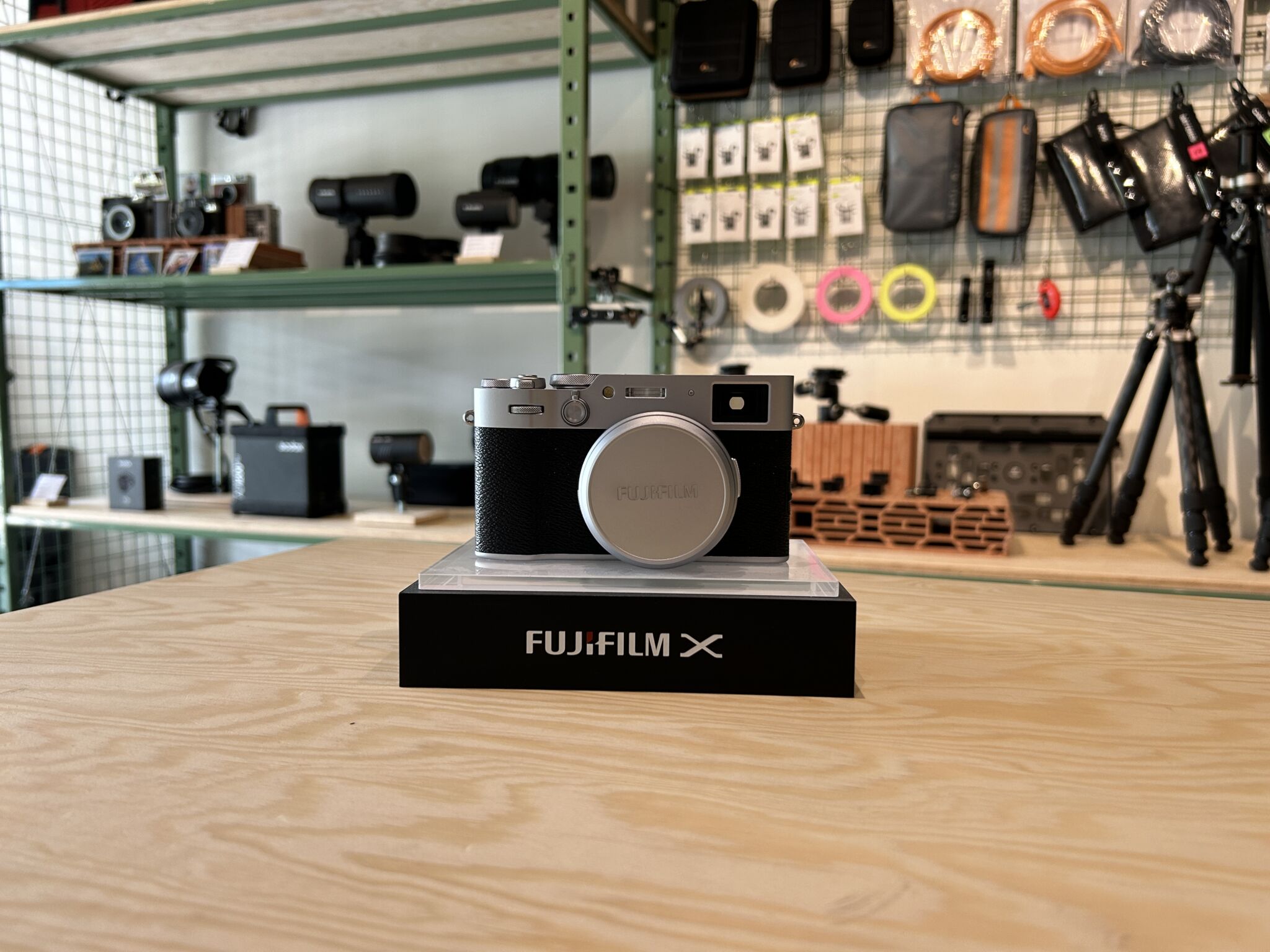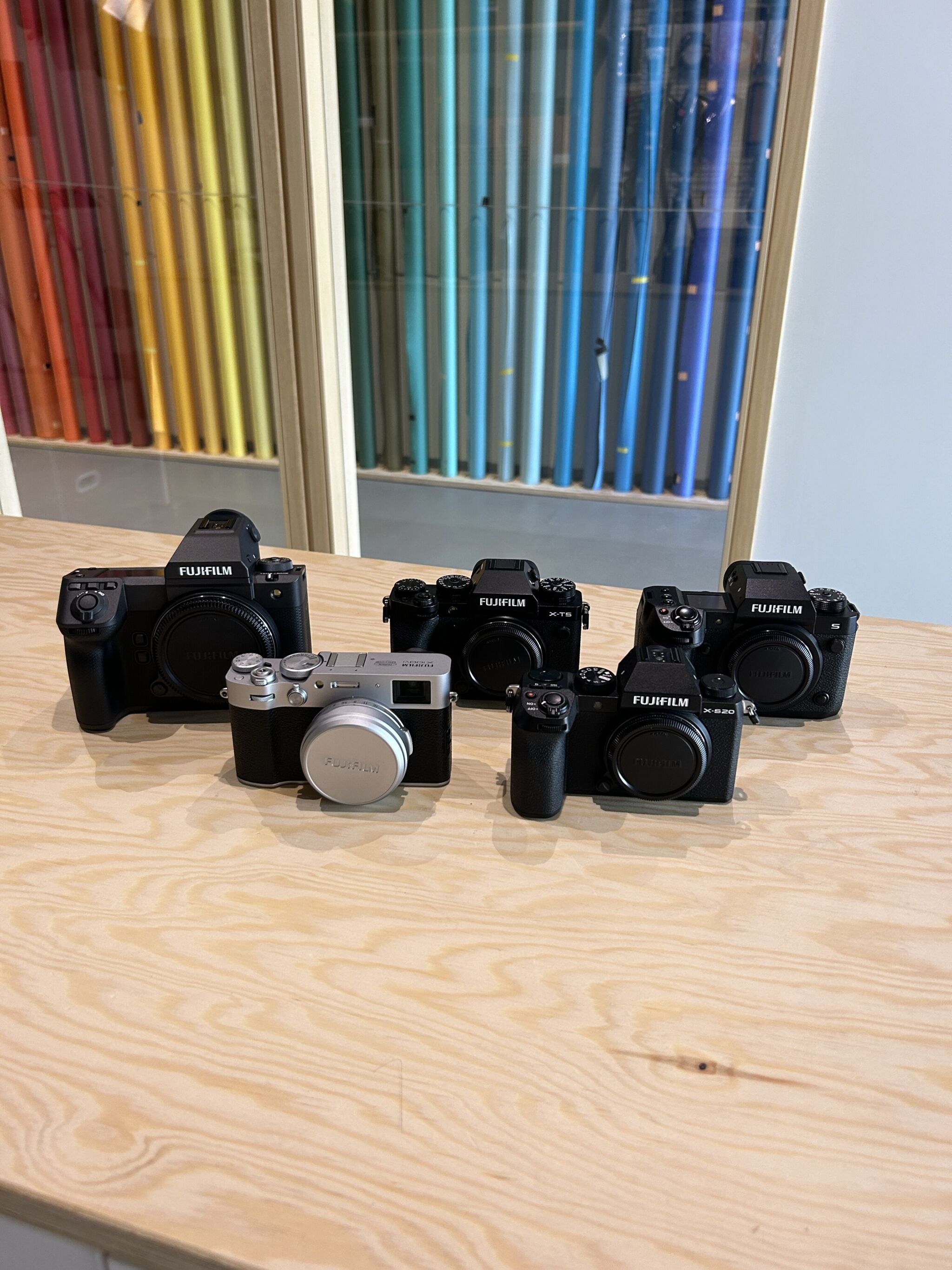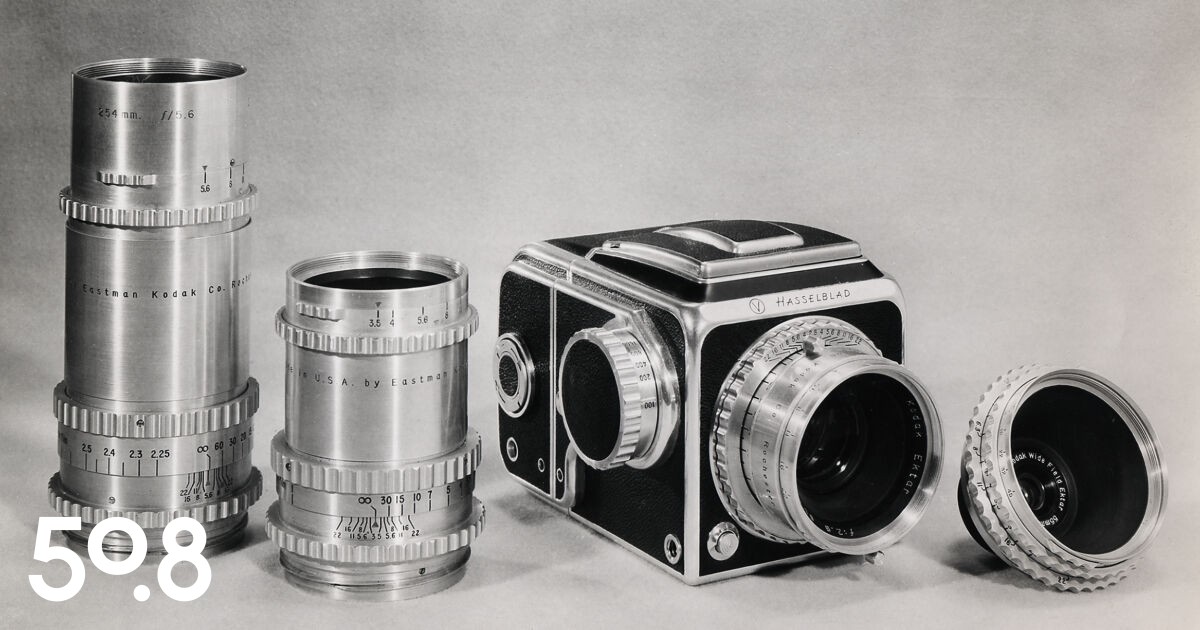Tether cables allow you to see the images you shoot in real time, make precise adjustments and work efficiently. Discover in this article the parameters to consider when choosing your tether cable and the technical specifications.
Hasselblad is one of the most emblematic brands in the world of photography, distinguished today by its innovations in the field of digital medium format.
Originating in Sweden, Hasselblad cameras have captured the hearts of professional and amateur photographers alike thanks to their quality.
The brand offers two main ranges: the X System, represented by the X2D 100C, which combines cutting-edge technology with compactness, and the V System, embodied by the 907X 100C, which fuses classic design with modern technology.
If we had to describe the brand in three words, they would be: innovation, precision and excellence.
In this article, we take a look back at Hasselblad’s history, from its beginnings and collaborations with the military and NASA to the release of its first consumer cameras.
Table of contents
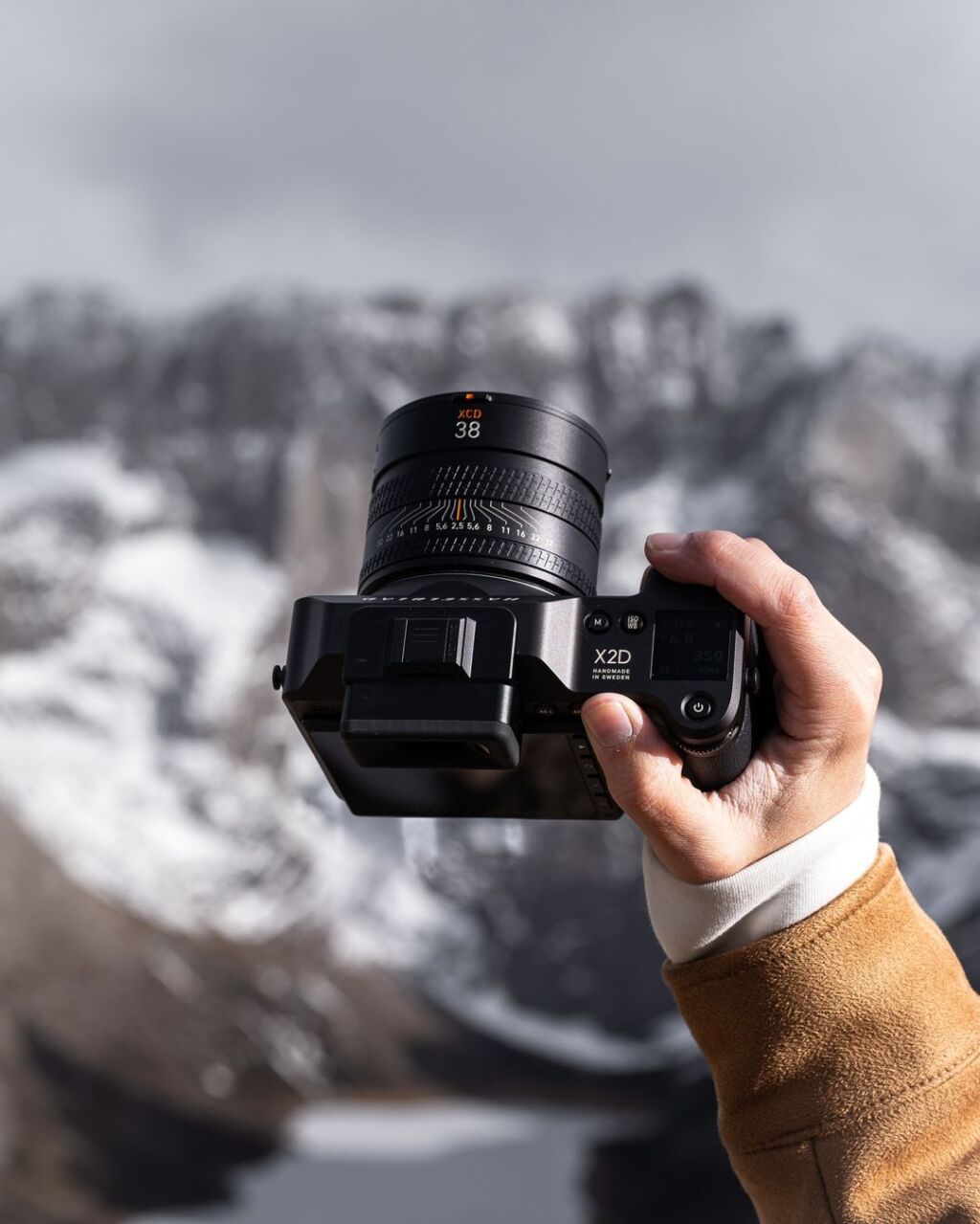
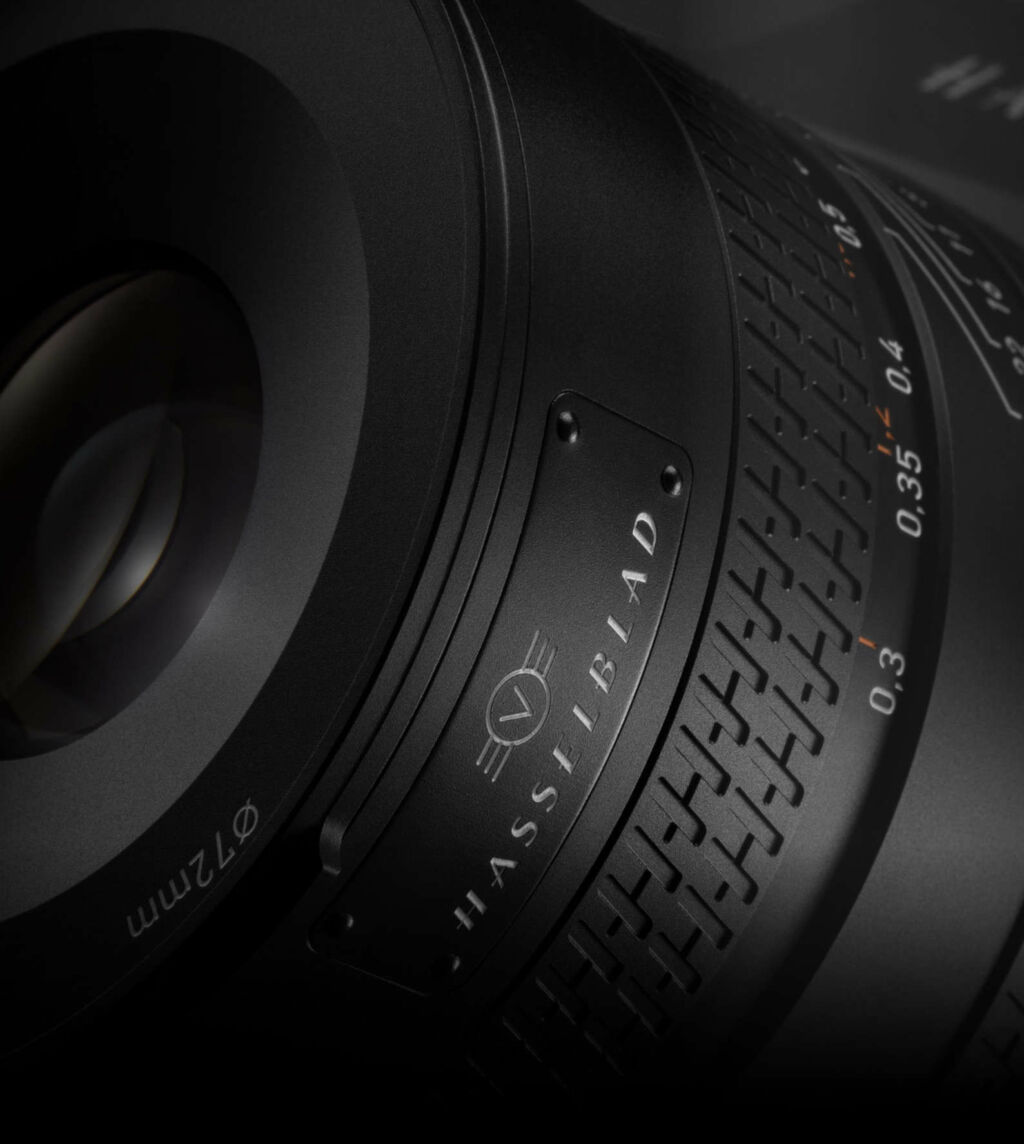
The beginnings of Hasselblad
The Hasselblad story began in 1841 in Gothenburg, Sweden, with the company F.W. Hasselblad & Co, founded by Fritz Victor Hasselblad. Initially, the company imported various items such as hardware and sewing machines.
Arvid Viktor Hasselblad, son of the founder and a keen amateur photographer, convinced his father to set up a photographic division. Father Hasselblad was not convinced by the idea, reportedly telling his son:“I certainly don’t think we’ll make much money from this, but at least it will enable us to take pictures for free“. A rather ironic remark today, given that Hasselblad has become one of the world’s most famous camera manufacturers.
What follows shows that he was indeed mistaken, as the photography department quickly became the core business of F.W. Hasselblad & Co.
On his honeymoon in London, Arvid Viktor Hasselblad meets George Eastman, founder of the now-famous Kodak company, and signs an agreement to distribute his photographic products. The partnership lasted 80 years.
Hasselblad’s photographic division grew so fast that in 1908 it separated from the original company to become an independent company, Hasselblad Fotografiska AB.
First Hasselblad production facility
In 1939, during the war against the Germans, Sweden wanted to reproduce a German aerial surveillance camera it had managed to acquire. They called on Victor Hasselblad, now renowned for his expertise in photography.
When asked by the Swedish military to create a replica of this surveillance camera, he reportedly replied: “No, but I can make a better one”.
That year, a Hasselblad camera workshop opened its doors in a simple hangar in Gothenburg.
The very first Hasselblad camera was born in this workshop: the HK7, a 7×9 camera using 80 mm film and equipped with a Zeiss Biotessar lens.
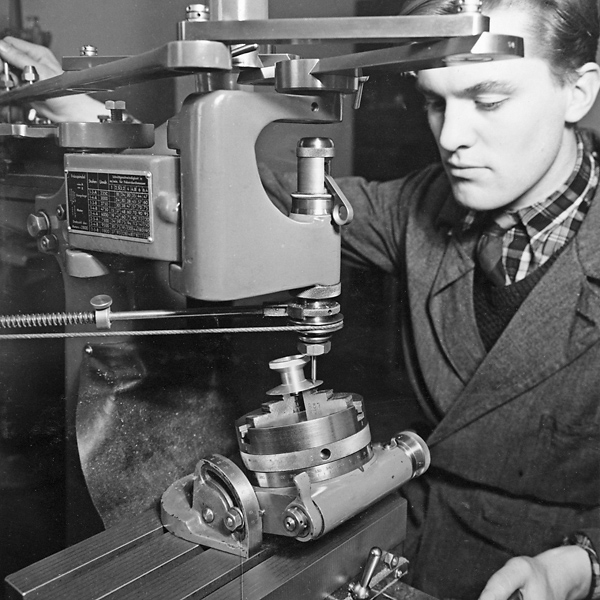
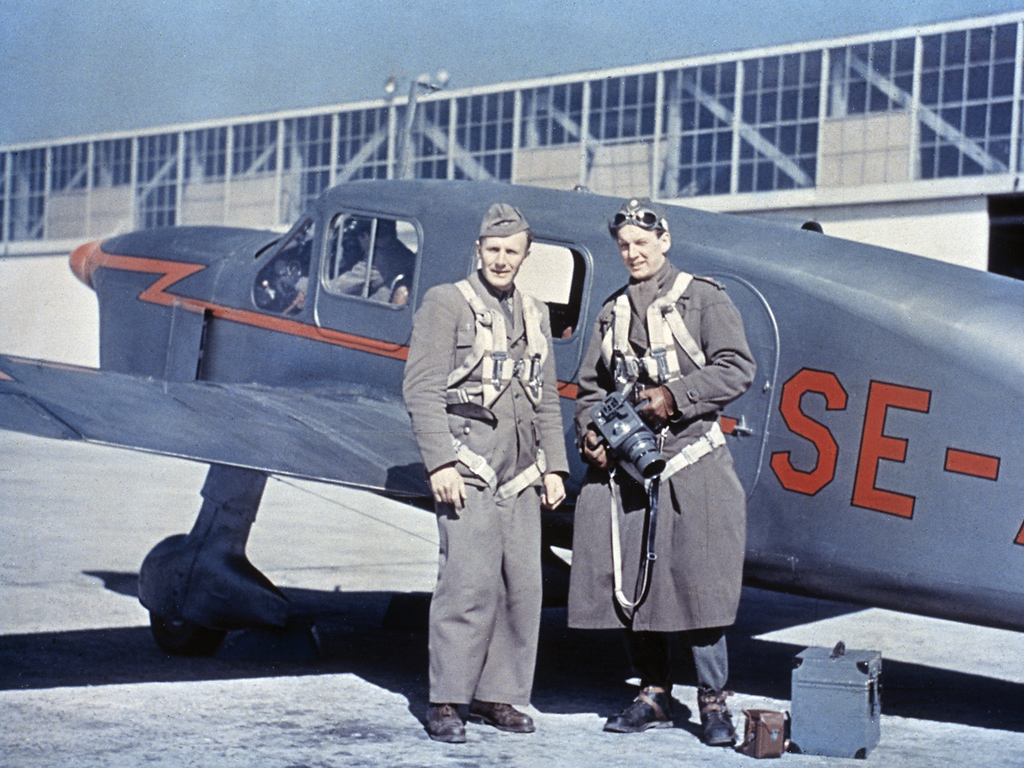
Hasselblad in space
Hasselblads are the cameras that have been in space. The collaboration between Hasselblad and NASA began in 1962 with the Mercury program.
Astronaut and avid photographer Walter Schirra owned a Hasselblad 500C and suggested that NASA use it to document space.
NASA then purchased several 500Cs and modified them to make them more capable for space missions. The first Hasselblad was in space during the Mercury 8 mission in October 1962.
After this first expedition, Hasselblad and NASA were soon in contact. Hasselblad began to modify and refine its cameras to make them more suitable for use in space.
The photos taken by astronauts with the compact and black Hasselblads became classics. In particular, the photos taken during the Gemini IV mission in 1965, when the first spacewalk took place.
But Hasselblad’s most iconic moment in space came when the Apollo 11 mission successfully landed on the Moon on July 20, 1969.
A silver Hasselblad Data Camera (HDC) with a grid plate, equipped with a Zeiss Biogon 60mm F/5.6 lens, was chosen to document the lunar surface and attached to astronaut Armstrong’s chest.
A second black Hasselblad Electric Camera (HEC) with a Zeiss Planar 80mm F/2.8 lens was used to photograph from inside the Eagle lunar module.
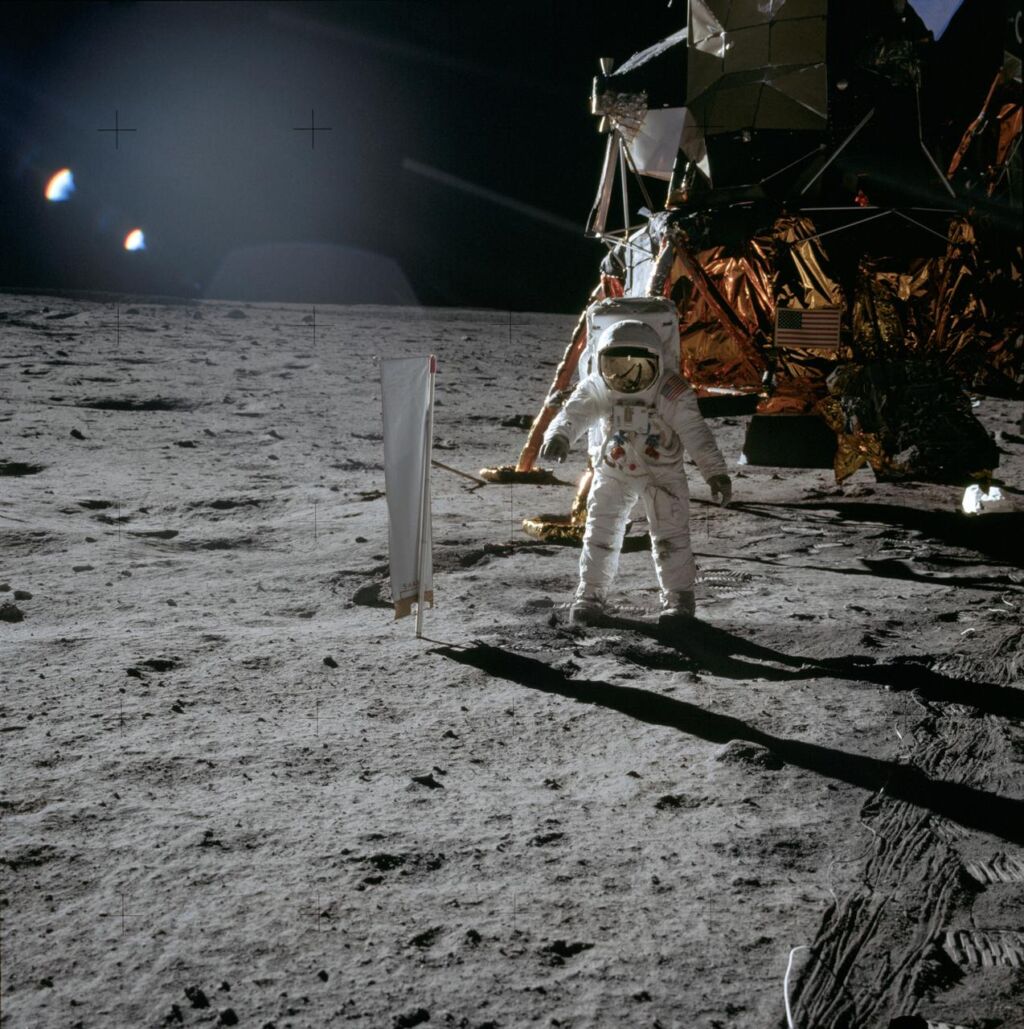
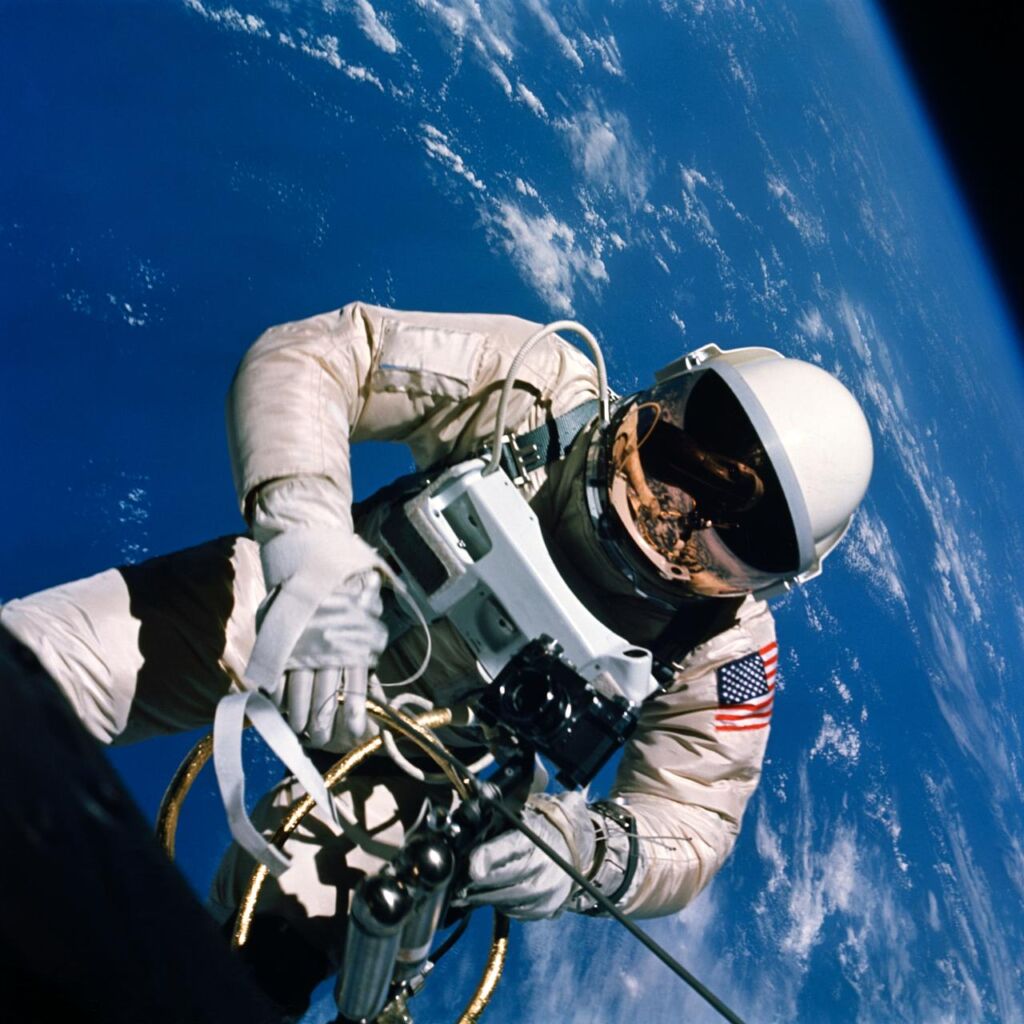
Hasselblad’s first consumer camera
During his collaboration with the Swedish army, Hasselblad always saw this partnership as a first step towards the development of a civilian camera for the general public.
As an avid bird photographer, Victor Hasselblad wanted to create a camera capable of capturing the beauty of nature, and one that was easy to hold in the hand.
That’s how, in 1948, Hasselblad’s first consumer camera came out, the 1600F, a 6×6, single-lens, mirror-reflex camera with interchangeable Kodak lenses, film magazines and viewfinders.
The 1600F was later refined and redesigned into the 1000F.
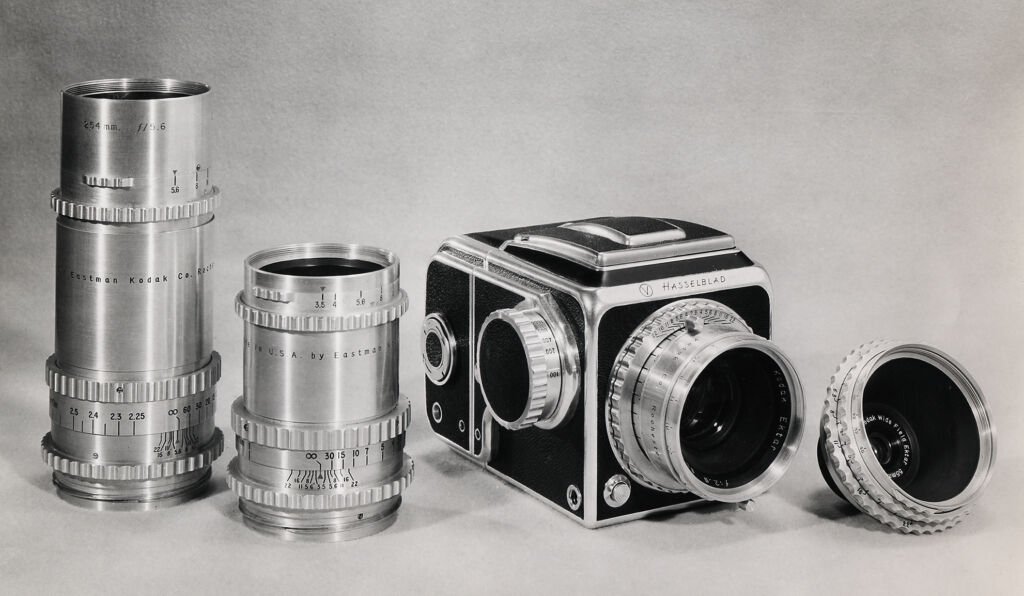
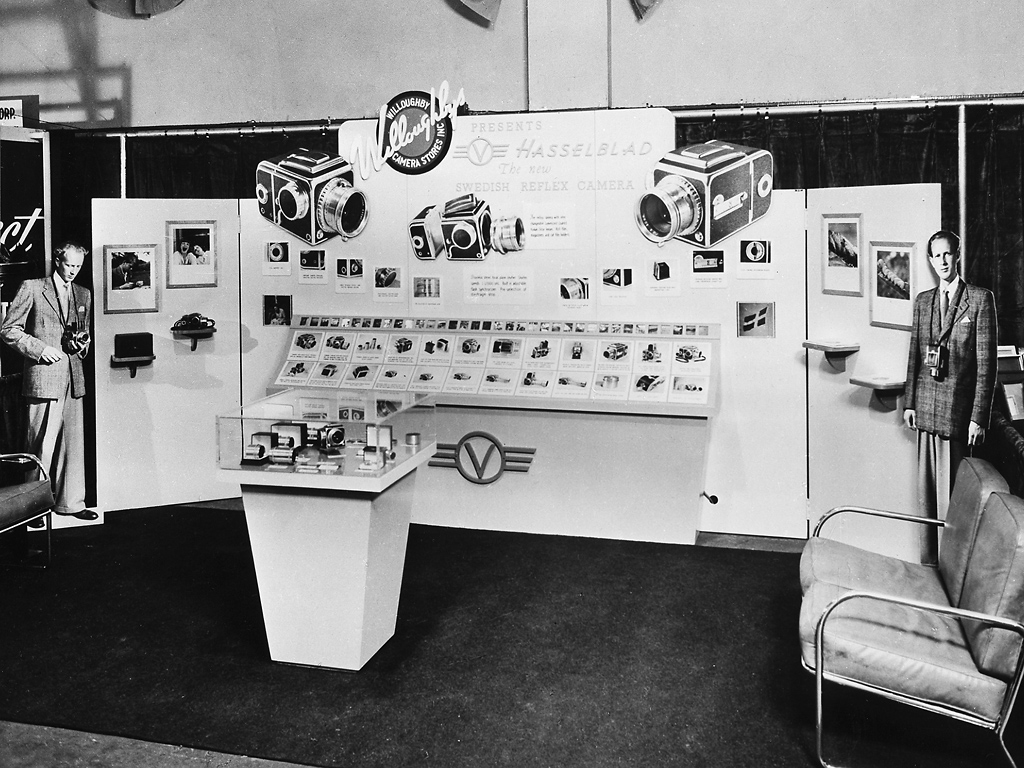
The Hasselblad 500 Series
The Hasselblad 500 series began with the revolutionary 500C, one of the most iconic cameras in the history of photography. Modified over the years, the 500 series cameras represent the pinnacle of Victor Hasselblad’s V system.
Replacing the focal-plane shutter of the 1000F, the 500C used a leaf shutter with its range of high-quality Carl Zeiss lenses.
The 500C was a remarkable camera that remains a classic to this day. Its central shutter enabled flash synchronization at all shutter speeds with an electronic flash. It also offered the possibility of focusing at full aperture, thanks to an automatic diaphragm.
The construction of the 500C was simple, and with the shutter in the lens rather than in the camera body, it was possible to interchange lenses, film magazines and viewfinders.
Development of the 500C led to several improved versions. For example, the 500C/M included an interchangeable focusing screen and prism viewfinder with exposure indicator. Followed by the 503CX, 503CXi, 501C, 503CW, 501CM and 503CWD, released in 2006 to celebrate Victor Hasselblad’s 100th anniversary.
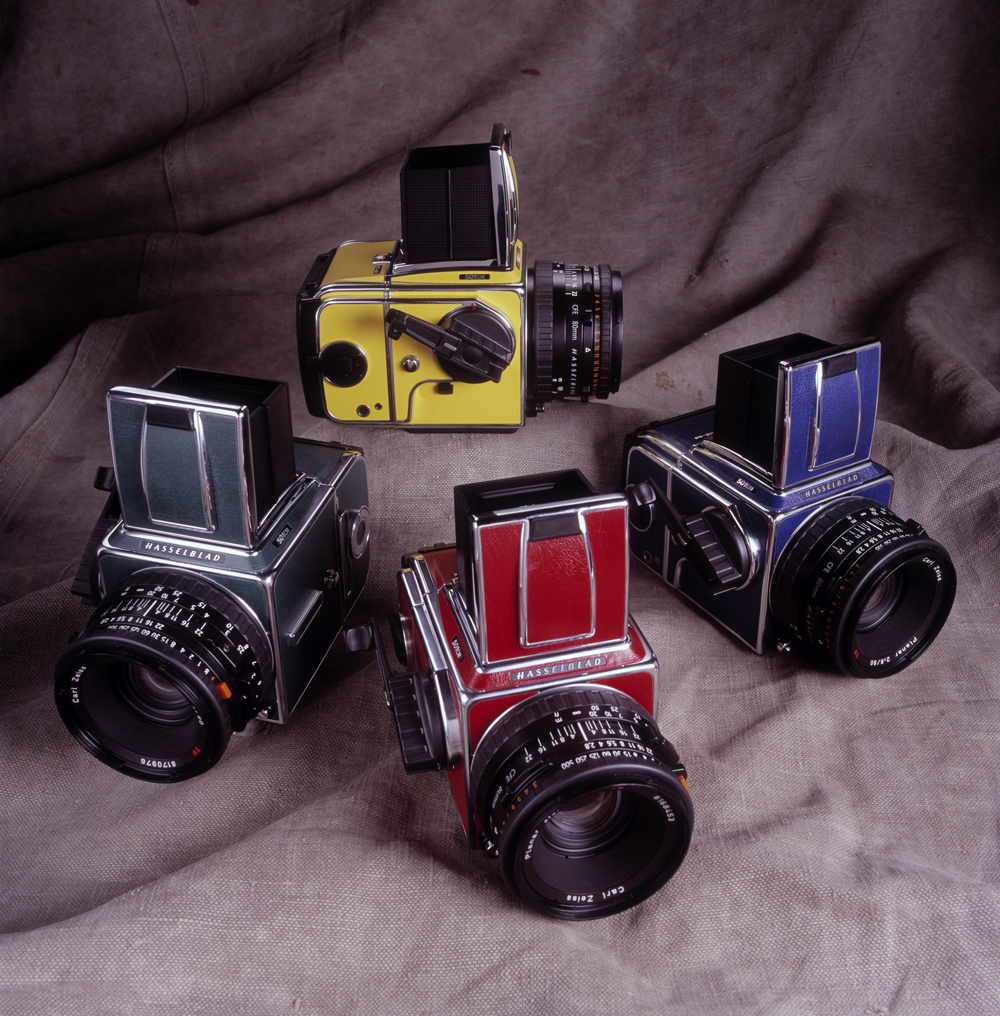
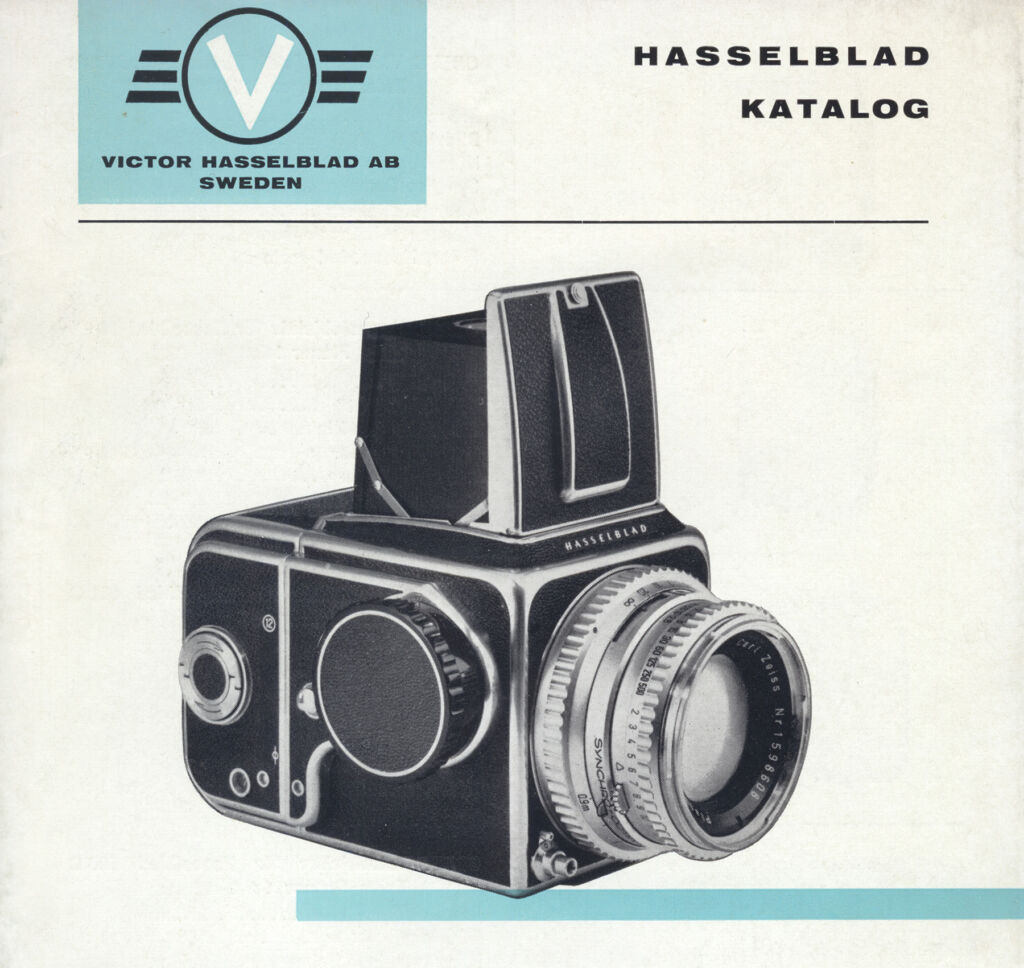
Hasselblad XPan
In 1998, the partnership between Hasselblad and Fuji revolutionized thecamera industry with the introduction of the new XPan.
The XPan was a unique camera that allowed both standard 24×36 mm and panoramic 24×65 mm format photography without changing film. It was the first 35mm camera to offer both formats on the same film, using the entire film surface for each shot.
The XPan was equipped with three interchangeable lenses of 30 mm, 45 mm and 90 mm. These specially designed lenses with large image circles made the full panoramic format possible.
Despite their compact size, these “medium-format” lenses offered exceptional sharpness and optimum coverage. Multi-coating of the glass elements ensured high image quality, with vivid contrast and a full tonal range.
Hasselblad’s first hybrid medium-format camera
The X1D 50C, predecessor of the X2D, is Hasselblad’s first hybrid medium-format camera.
When it was launched in 2016, the X1D revolutionized medium-format photography. This compact model offered exceptional low-light performance, full flash sync, 16-bit color depth and a wide dynamic range of up to 14 f-stops.
Since then, the X1D 50C has been widely used to push the boundaries of photography in diverse fields such as fine art, documentary and street photography.
Awarded numerous prizes for its elegant, innovative design and superb image quality, the X1D 50C harmoniously combines form and function in a compact body.
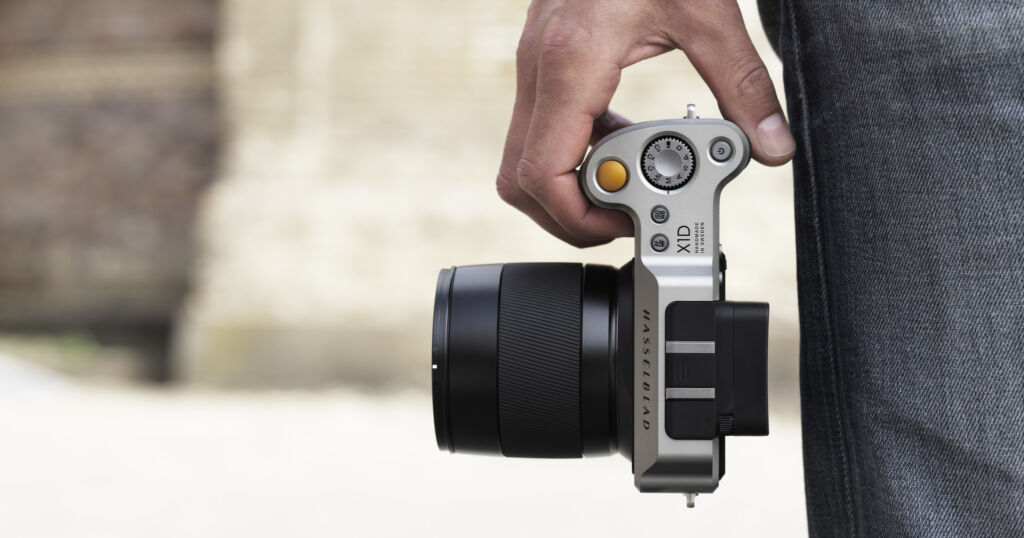
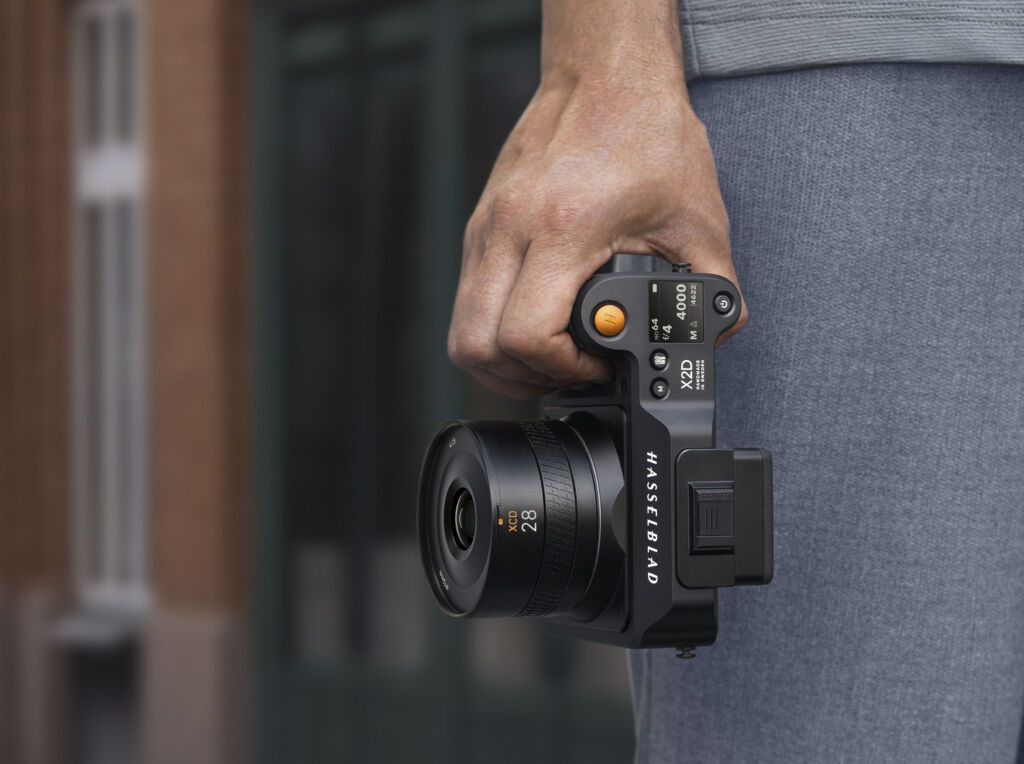
Hasselblad in 2024
Today, Hasselblad is positioned as apremium medium-format camera brand. The brand is known and recognized by professional and amateur photographers alike for its high-quality cameras.
In 2017, Hasselblad was acquired by Chinese drone manufacturer DJI, which now owns a majority stake in the company.
The latest Hasselblad cameras, such as the X2D 100C model launched in 2022, boast exceptional image quality thanks to their ultra-high-resolution sensors of up to 100 megapixels.
The Hasselblad brand remains popular with professional photographers, particularly in the landscape, architectural and studio sectors. Hasselblad also continues to benefit from its legendary association with the Apollo space missions.
Today, Hasselblad is committed to remaining at the forefront of innovation while preserving its heritage and reputation as a manufacturer of high-quality cameras.
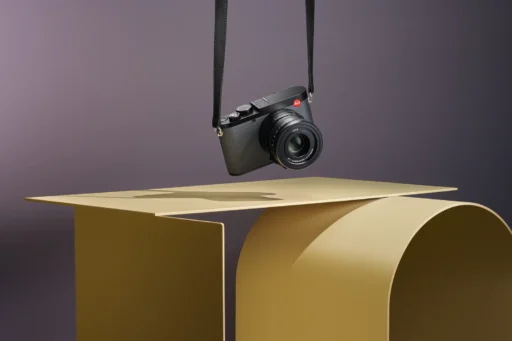



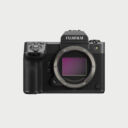 Photo
Photo 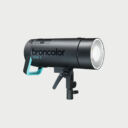 Lighting
Lighting 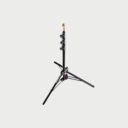 Tripods & Grip
Tripods & Grip  Digital
Digital  Bags & Cases
Bags & Cases 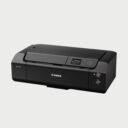 Printing
Printing 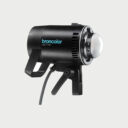 Continous lights
Continous lights 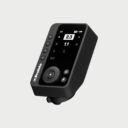 Transmitters
Transmitters 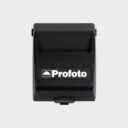 Accessories & Parts
Accessories & Parts 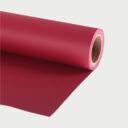 Accessories tripods & grips
Accessories tripods & grips 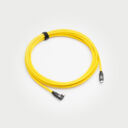 Cables & Tether
Cables & Tether  Hub & Adaptaters
Hub & Adaptaters 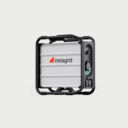 Portable power stations
Portable power stations  Sling bags
Sling bags  Rolling bags
Rolling bags 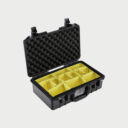 Hard cases
Hard cases 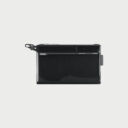 Organizers & Pouches
Organizers & Pouches 